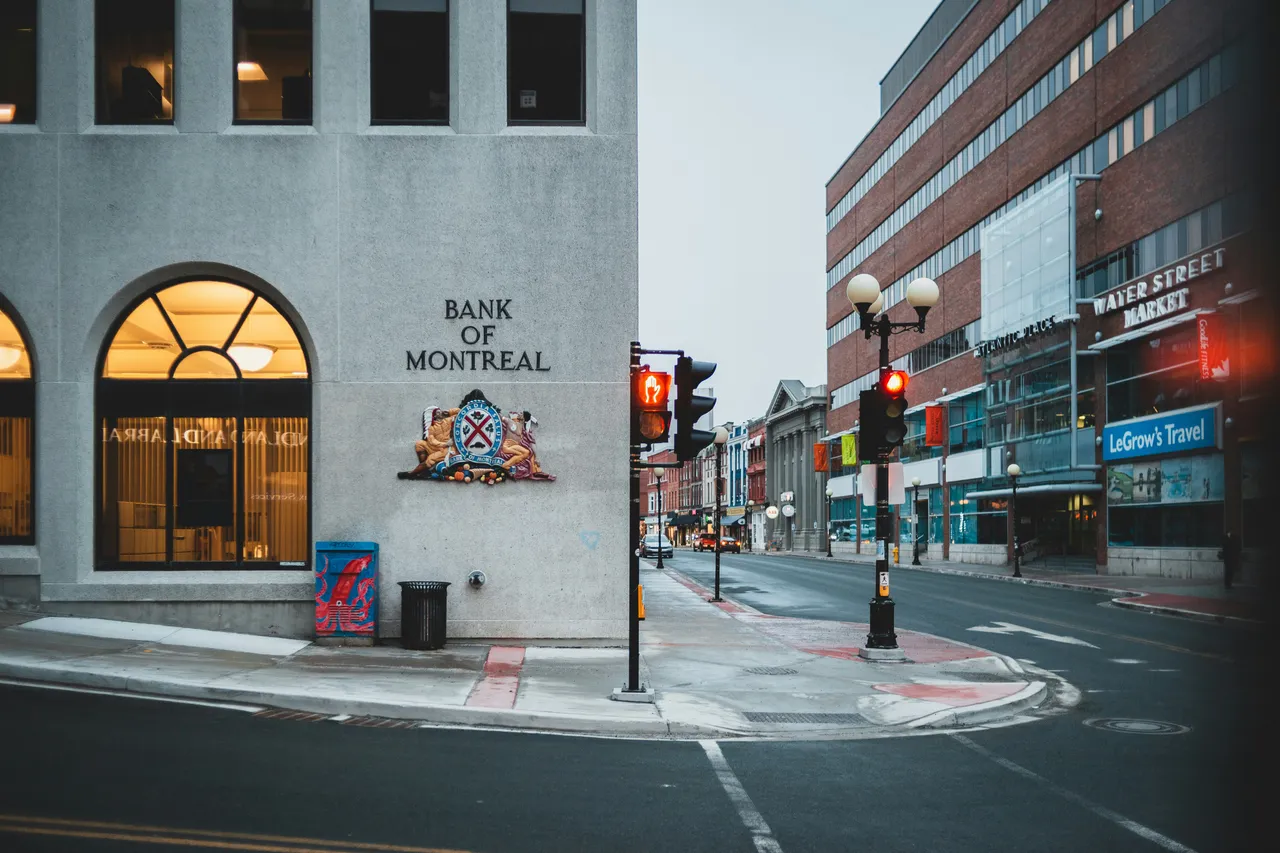Green Architecture: How Sustainable Buildings are Transforming Urban Landscapes

In an era where sustainability has become a pressing concern, green architecture emerges as a beacon of hope, offering innovative solutions for urban development. This article delves into how sustainable buildings are not just transforming urban landscapes but also setting new standards for living spaces in cities around the globe.
The Essence of Green Architecture
Green architecture, also known as sustainable architecture, is an approach to building that minimizes the impact on the environment. The core principles involve efficient use of energy, water, and other resources while ensuring that the construction process and the buildings themselves contribute to a healthier environment. By integrating renewable energy sources, such as solar panels, and utilizing sustainable materials, green buildings aim to achieve a balance between high-quality construction and environmental preservation.
The importance of green architecture extends beyond environmental benefits. It encompasses economic and social dimensions by reducing energy costs, improving occupant health, and enhancing the overall quality of life. This approach to building design and construction is a testament to how innovation and sustainability can go hand in hand, creating spaces that are not only eco-friendly but also aesthetically pleasing and functional.
Impact on Urban Landscapes
The proliferation of sustainable buildings is transforming urban landscapes across the world. Cities are increasingly adopting green architecture to address the challenges of urbanization, climate change, and resource depletion. From high-rise office buildings to residential complexes, sustainable design principles are being integrated into the fabric of urban development, contributing to the creation of greener, more livable cities.
This transformation is not just about individual buildings. It's about reimagining urban spaces to promote a sustainable lifestyle. Green architecture encourages the development of spaces that are in harmony with their surroundings, incorporating natural elements into urban settings. This approach not only beautifies the cityscape but also fosters a deeper connection between residents and their environment, encouraging a collective responsibility towards sustainability.
Technological Innovations in Green Architecture
Technological advancements play a crucial role in the evolution of green architecture. Innovations such as energy-efficient lighting, smart thermostats, and water-saving plumbing fixtures are becoming standard features in sustainable buildings. These technologies not only reduce the environmental footprint of buildings but also enhance the comfort and well-being of occupants.
Moreover, the integration of smart technology in green buildings facilitates the monitoring and optimization of energy use, further contributing to sustainability goals. From automated systems that adjust lighting and temperature based on occupancy, to green roofs that provide insulation and support biodiversity, technology is enabling more sophisticated and effective approaches to sustainable building design.
Future Perspectives
As we look towards the future, green architecture is set to play an even more significant role in shaping urban environments. The demand for sustainable buildings is expected to grow, driven by increasing environmental awareness and regulatory incentives. This presents an opportunity for architects, builders, and urban planners to innovate and push the boundaries of what's possible in sustainable urban development.
The future of urban landscapes will be characterized by buildings that not only minimize their impact on the environment but also enhance the health and well-being of their occupants. As green architecture continues to evolve, it will redefine our expectations of urban living, paving the way for cities that are not only more sustainable but also more inclusive and resilient.
In conclusion, green architecture is revolutionizing urban landscapes, offering a path towards more sustainable and livable cities. By embracing this approach, we can ensure that urban development proceeds in harmony with the environment, benefiting present and future generations alike.
This article was developed using available sources and analyses through an automated process. We strive to provide accurate information, but it might contain mistakes. If you have any feedback, we'll gladly take it into account! Learn more